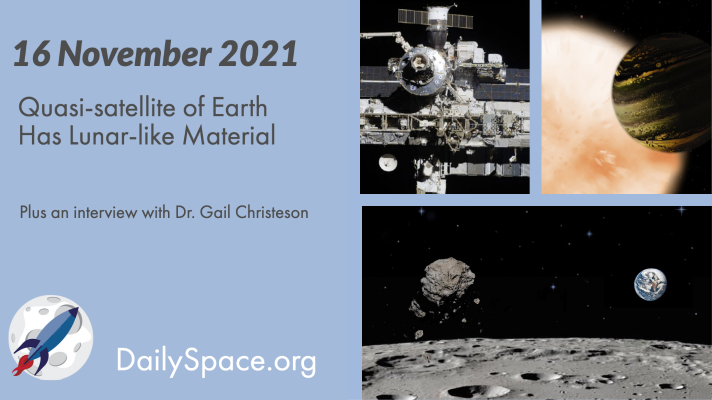
Nov 17, 2021 | Asteroids, Crewed Space, Daily Space, Earth, Exoplanets, Our Solar System, Planets, Space Policy, Spacecraft
After five years of observations, researchers have found that the quasi-satellite Kamo’oalewa, which currently orbits the Earth, is similar to a lunar sample collected during the Apollo 14 mission. Plus, Russia blows up a satellite, TESS finds a circumbinary planet, and we interview Dr. Gail Christeson of the University of Texas, Austin, about mapping the Chicxulub crater.
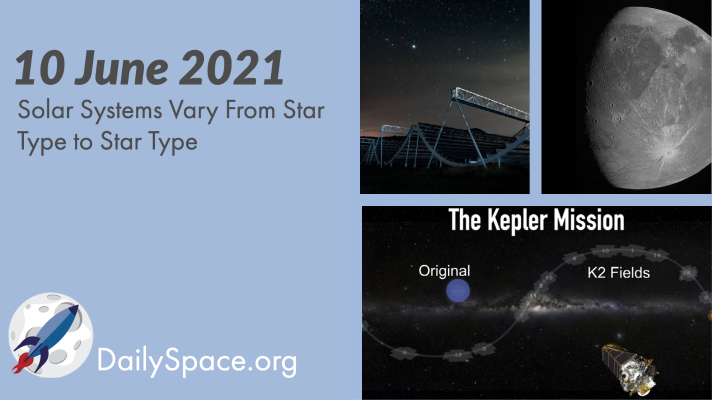
Jun 11, 2021 | AAS, Daily Space, Exoplanets, Fast Radio Bursts, Guest Interview, Jupiter, Kepler, Planetary Nebulae, Planets, Spacecraft, Stars
In new research, scientists examined the populations of stars observed by the Kepler and K2 missions and found that the solar systems were different depending on the type of star involved. Plus, CHIME results, a brown dwarf’s atmosphere, a stream of stars in the Milky Way, and an interview with PSI’s Dr. Candice Hansen about the recent Ganymede flyby of NASA’s Juno spacecraft.
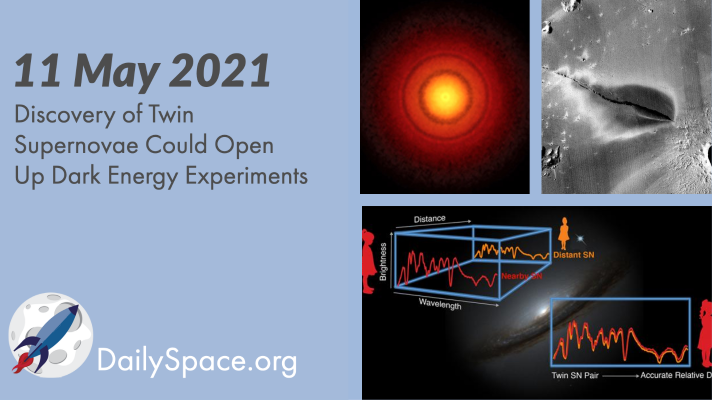
May 12, 2021 | Asteroids, Daily Space, Exoplanets, Galaxies, Mars, OSIRIS-REx, Planets, Star Forming Region, Supernovae, Voyager I & II
Researchers found that among about 50 supernovae, many had nearly identical spectra, paving the way for making more accurate distance calculations. These calculations, in turn, open up the possibility of using supernovae to better search for dark energy. Plus, OSIRIS-REx, Voyager I, planetary formation, and volcanoes on Mars.
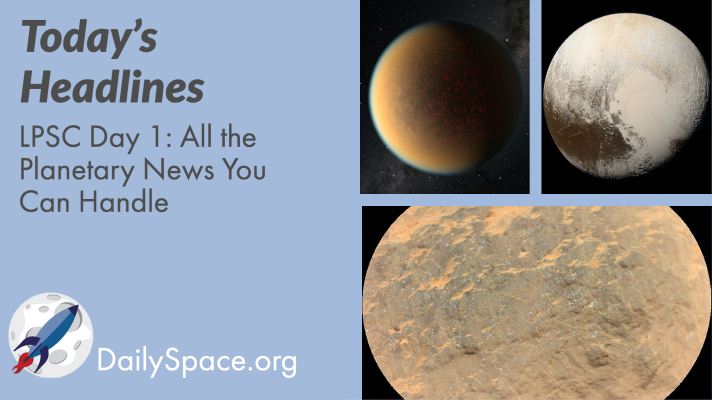
Mar 21, 2021 | Daily Space, Exoplanets, Fast Radio Bursts, LPSC, Mars, Mars 2020, Neptune, Perseverance, Physics, Planets, Pluto & Charon
Monday was the first day of the Lunar and Planetary Science Conference, and we are going to spend at least the next two weeks sharing as much science as possible. The conference is taking place virtually this year, and of course, Mars is the big focus. Plus icy worlds, volcanic worlds, and exoplanets, and we’re bringing you a little of everything.
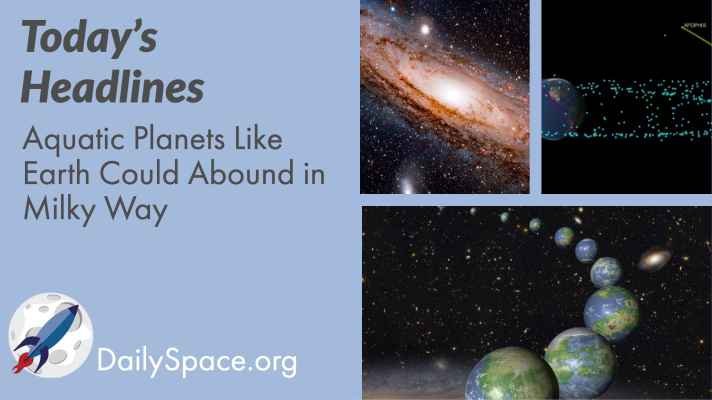
Mar 14, 2021 | Asteroids, Comets, Daily Space, Earth, Exoplanets, Galaxies, Mars 2020, Milky Way, Perseverance, Planets
A new study examines the formation of rocky worlds from dust particles containing ice and carbon, increasing the possibility that our own Milky Way galaxy could be filled with aquatic planets similar to Earth. Plus, a simulation of the Milky Way-Andromeda collision and an overview of asteroid Apophis.
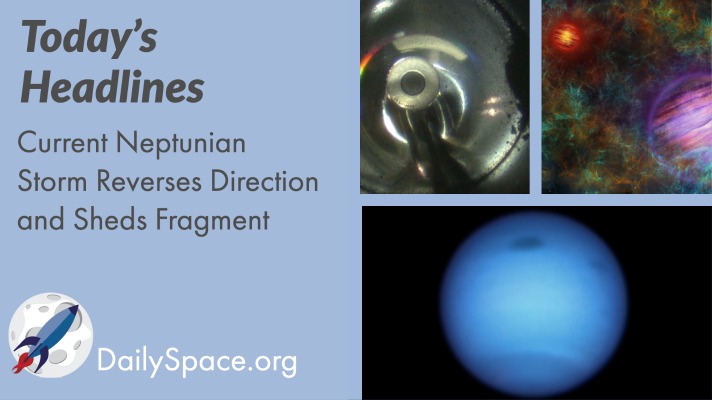
Dec 18, 2020 | Asteroids, Brown Dwarf, Daily Space, Earth, Exoplanets, JAXA, Jupiter, Neptune, Planets, Saturn, Sky Watching, Space China, The Sun
Scientists using Hubble to track storms on Neptune found that a current storm has reversed direction and possibly shed a fragment. Plus, an update on Hayabusa2’s sample return, a non-technological radio emission from an exoplanet, This Week in Sky Watching, and more!








 We record most shows live, on Twitch. Follow us today to get alerts when we go live.
We record most shows live, on Twitch. Follow us today to get alerts when we go live.